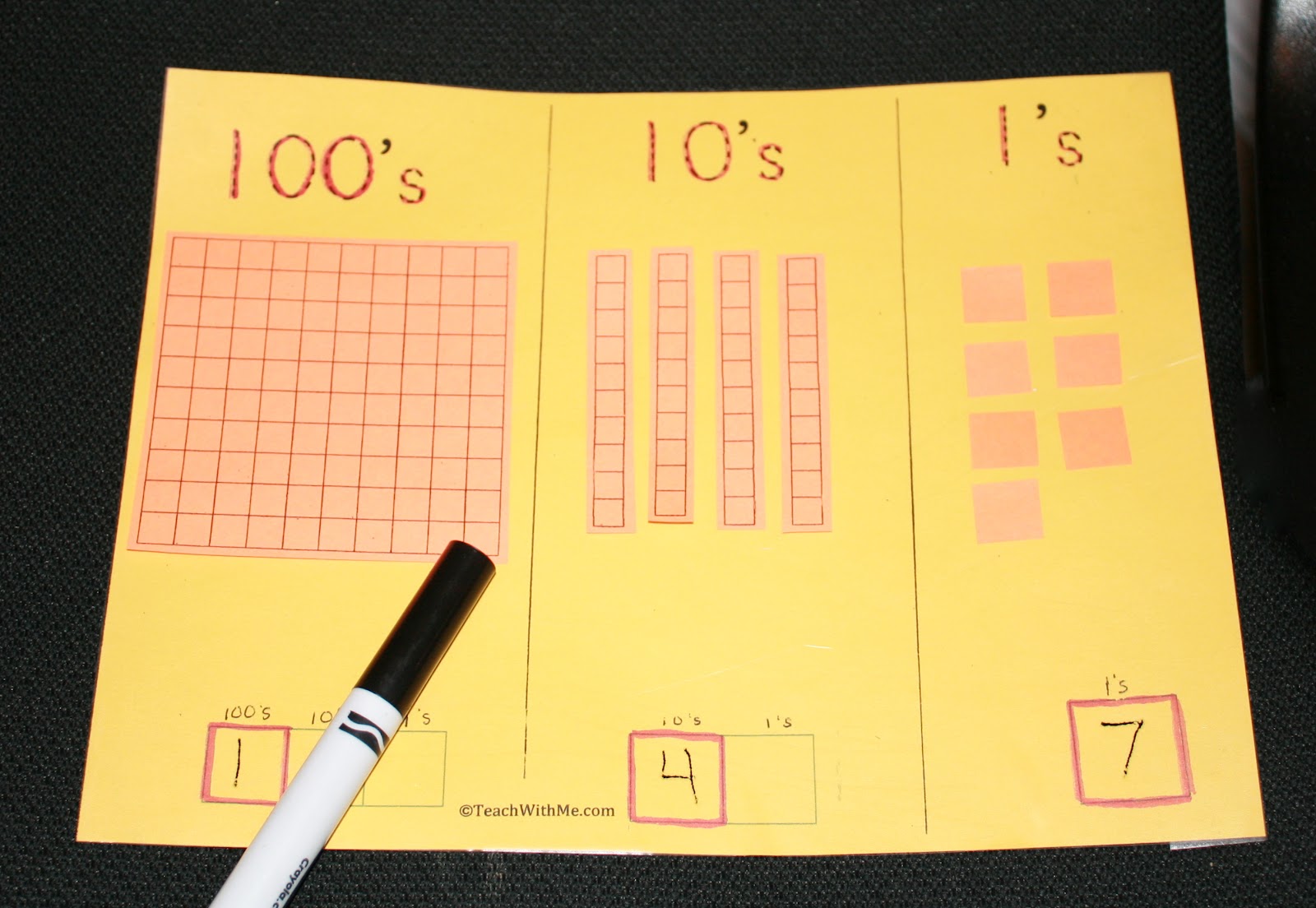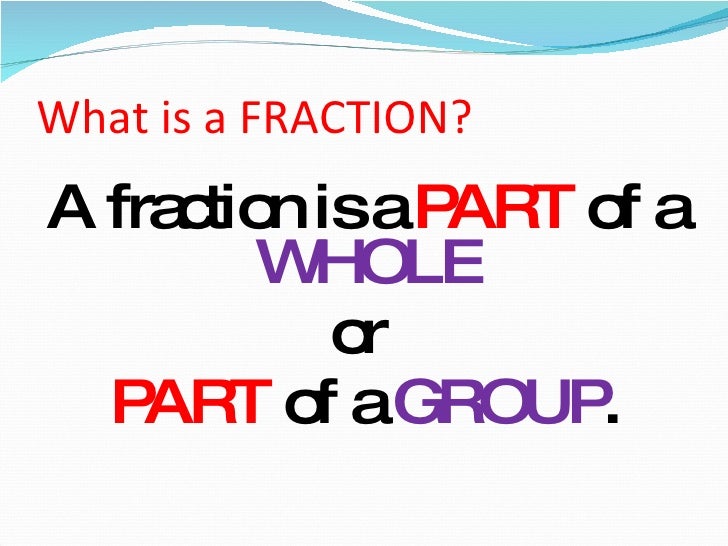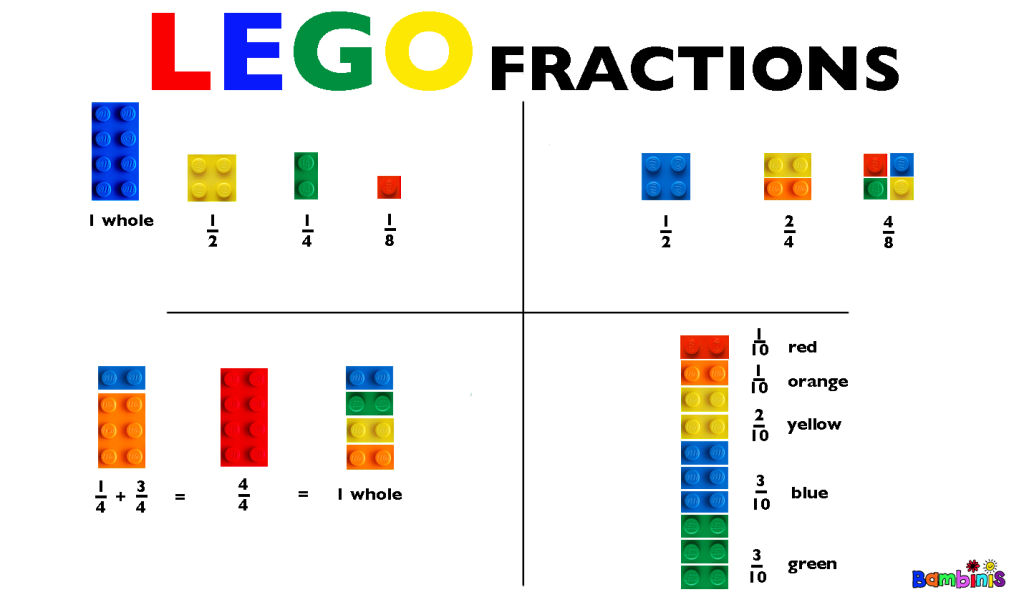Maths
Place Value
This term the children have been re-visiting place value. We have reminded ourselves what each digit represents.


What is place value? - BBC Bitesize
Comparing whole numbers to 100,000 with three decimal places
Let's look at how to compare and order decimals, using number lines to help us.
Example 1
On the number line below we can see that 2.3 (two and three tenths) is less than 2.8 (two and eight tenths).
2.8 is five tenths more than 2.3.

Comparing and ordering decimals - Maths - Home Learning with BBC Bitesize - BBC Bitesize
Rounding to nearest 10,100,1000,100000
The number line to 10,000 - Maths - Learning with BBC Bitesize - BBC Bitesize
Finding powers of 10,100,1000 more
Find 1, 10, 100 and 1000 more or less - Maths - Learning with BBC Bitesize - BBC Bitesize
Online games your children might enjoy...Hit the Button - Quick fire maths practise for 6-11 year olds (topmarks.co.uk)
Addition and Subtraction
What is column addition? - BBC Bitesize
Pupils in year 5 have developed a new ability to accurately read bar charts, and have found sucess in learning how to determine the data they provide. Below are some of their work;

Fractions
The class of 5HM will be learning all about fractions this week.
What are fractions? A fraction is a part of a whole, and is named according to the number of parts that the whole is broken up into.

Reflection
When light from an object is reflected by a surface, it changes direction. It bounces off the surface at the same angle as it hits it.
Smooth, shiny surfaces such as mirrors and polished metals reflect light well. Dull and dark surfaces such as dark fabrics do not reflect light well.
What is reflection? - BBC Bitesize
Reflection
| Reflections are everywhere ... in mirrors, glass, and here in a lake. ... what do you notice ? |
|
 |
 |

 |
Can A Mirror Line Be Vertical?Yes.
Here my dog "Flame" shows a Vertical Mirror Line (with a bit of photo magic) |
|
In fact Mirror Lines can be in any direction.
Imagine turning the photo at the top in different directions ... ... the reflected image is always the same size, it just faces the other way: |
||
 |
 |
|
![IMG_5660[1].JPG](/uploads/378/images/IMG_5660[1].JPG)
![IMG_5661[1].JPG](/uploads/378/images/IMG_5661[1].JPG)
![IMG_5662[1].JPG](/uploads/378/images/IMG_5662[1].JPG)
WEIGHT in Grams & Kilograms
- Grams
- Kilograms
- Tonnes
|
1 kilogram = 1,000 grams
A dictionary has a mass of about one kilogram.
|
 |
 |
Kilograms are often written as kg (that is a "k" for "kilo" and a "g" for "gram), so "10 kg" means "10 kilograms".
Scales measure our weight using kilograms. An adult weighs about 70 kg. How much do you weigh?
|
![IMG_5665[1].JPG](/uploads/378/images/IMG_5665[1].JPG)
Multiplying and dividing decimals
Decimals are used every day, for example, when using money. Knowing how to use decimal points and places when adding, subtracting, dividing and multiplying is an important mathematical skill.
What are fractions? Do we need to learn about them? HMMMM... Lets take a look!

Sometimes 1 fraction has the same value as another even if you use different numbers... let´s take a look:)
Here is another example...

Multiplying Decimals Made Easy! - YouTube
Multiplying decimals by integers - Maths - Learning with BBC Bitesize - BBC Bitesize
![IMG_5668[1].JPG](/uploads/378/images/IMG_5668[1].JPG)
![IMG_5669[1].JPG](/uploads/378/images/IMG_5669[1].JPG)
 Reedley Primary School
Reedley Primary School

![IMG_5663[1].JPG](/uploads/378/images/IMG_5663[1].JPG)
![IMG_5666[1].JPG](/uploads/378/images/IMG_5666[1].JPG)